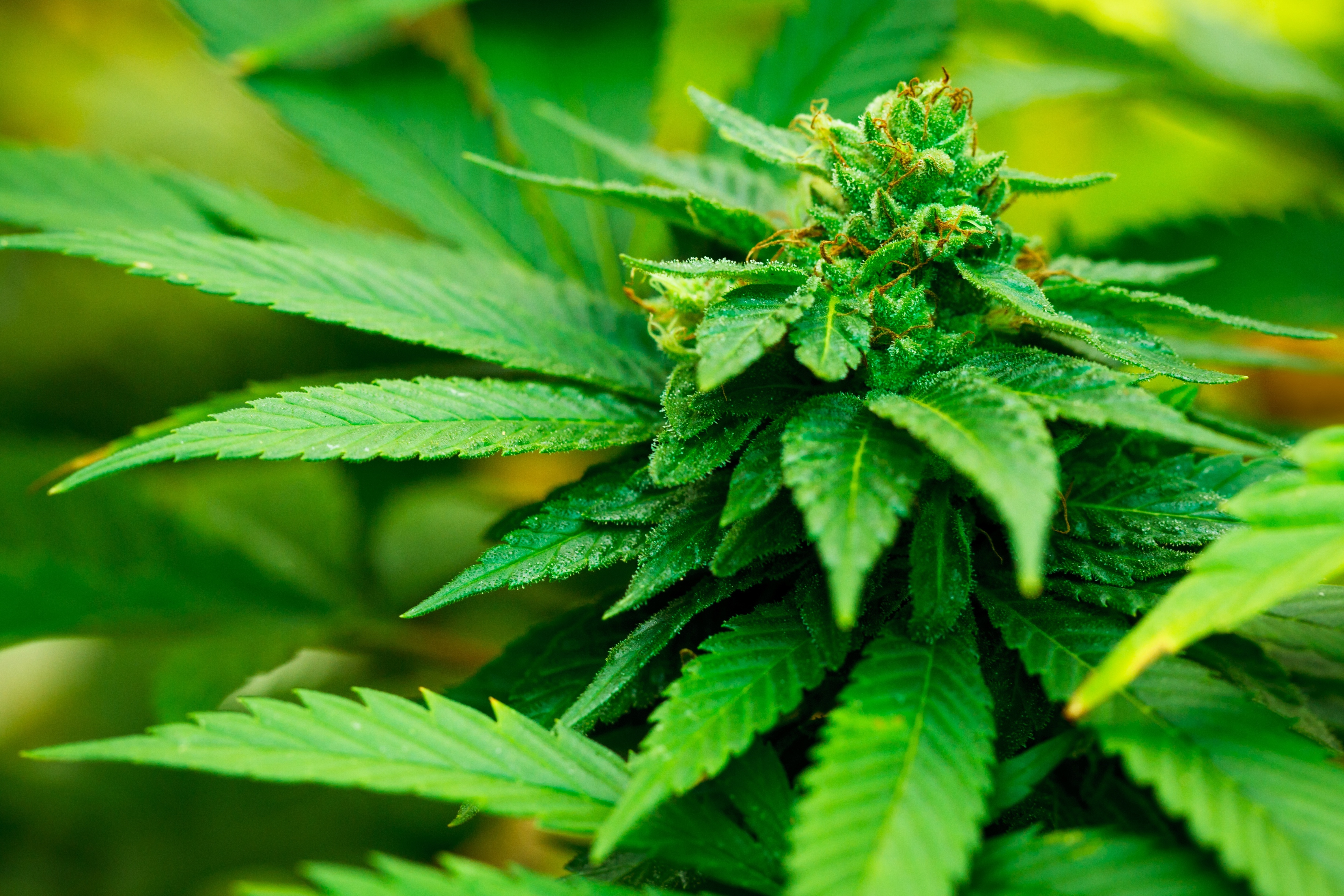The cannabis plant contains a plethora of fascinating and complex compounds, including THC terpenes and THC. These two substances are often the focus of discussion when it comes to the effects of cannabis on the human body. While both types of molecules are known to elicit a psychoactive effect, they are structurally and chemically distinct.
In this blog post, we will examine the differences between terpenes and THC, and explore what makes each molecule unique.
What Are THC Terpenes?
High quality THC terpenes (also called terpenoids) are a group of aromatic compounds found in the cannabis plant. These substances are responsible for the diverse array of aromas and flavors found in different cannabis strains. Some of the most common terpenes found in cannabis include limonene, myrcene, and pinene. Terpenes are not psychoactive on their own, but they can modify the effects of THC by interacting with other chemicals in the body.
What Is THC?
THC (tetrahydrocannabinol) is the primary psychoactive compound found in the cannabis plant. This molecule is responsible for the euphoric and relaxing effects associated with cannabis use. THC works by binding to cannabinoid receptors in the brain and nervous system, changing the way the body perceives pain and pleasure. This substance has a similar structure to the endocannabinoids naturally produced by the body, which makes it easier for it to bind to the receptors.
How Do They Differ Chemically?
When you compare THC terpenes vs. THC, you’ll see that they differ dramatically in their chemical structure. THC is a cannabinoid, meaning it features a specific set of molecular characteristics that allow it to bind to cannabinoid receptors in the brain. Terpenes, on the other hand, are a diverse group of molecules featuring many different types of chemical structures. They are not known to bind to cannabinoid receptors, so they do not have a significant effect on the psychoactive properties of THC.

